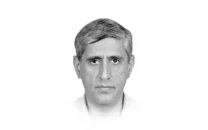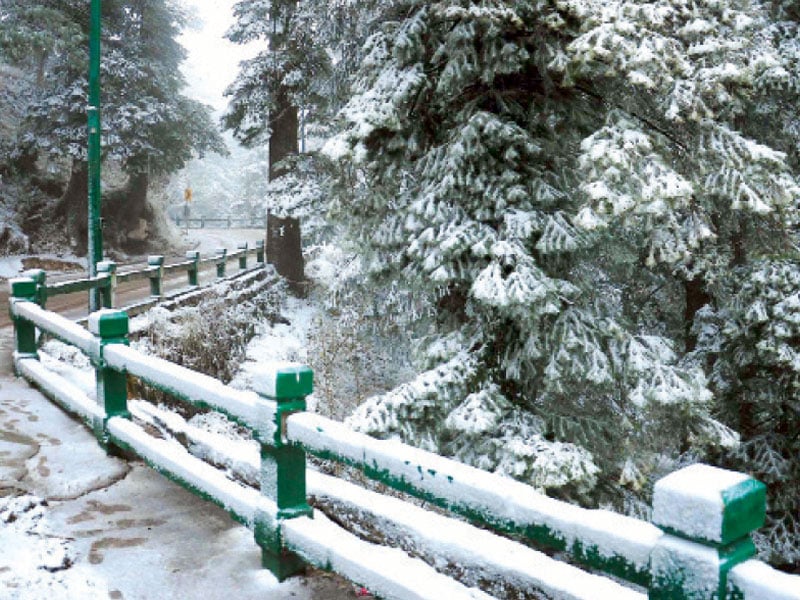LHC grills CCD on kill pattern during 'encounters'
'How do bullets find detainees only, leaving officers and their vehicles untouched?'

The Lahore High Court (LHC) directed Punjab Inspector General of Police Dr Usman Anwar on Wednesday to explain why, in Crime Control Department (CCD) “encounters”, only the accused are struck by bullets while police vans and their inmates remain unharmed.
The CCD has faced repeated accusations of “fake encounters”, in which suspects die under suspicious circumstances.
Chief Justice Aalia Neelum issued the summons while hearing Farhat Bibi’s petition alleging her son, Ghazanfar Aslam, was killed in a “fake police encounter” on April 22. The petitioner sought protection for her other son, Ansar Aslam, who is detained in Sheikhupura jail. Her counsel told the court both Ghazanfar and Ansar were arrested by Sharaqpur Police.
According to the CCD’s report, officers pulled up the suspects’ van because of a punctured tyre. The report claims that, as the team approached to investigate, the van’s occupants attacked the officers, who then opened fire, hitting only the suspects.
Justice Neelum challenged this narrative, observing that “how do bullets find detainees only, leaving officers and their vehicles untouched?” She noted the court receives over 40 petitions daily alleging staged custodial killings.
The CCD has faced repeated accusations of “fake encounters”, in which suspects die under suspicious circumstances. Petitioners claim a pattern of custodial deaths and seek judicial oversight to safeguard detainee rights.
Although she expressed indefinite satisfaction with the written report, the chief justice ordered IGP Anwar to conduct a comprehensive review of recent CCD operations and to propose measures to prevent future abuses.





















COMMENTS
Comments are moderated and generally will be posted if they are on-topic and not abusive.
For more information, please see our Comments FAQ